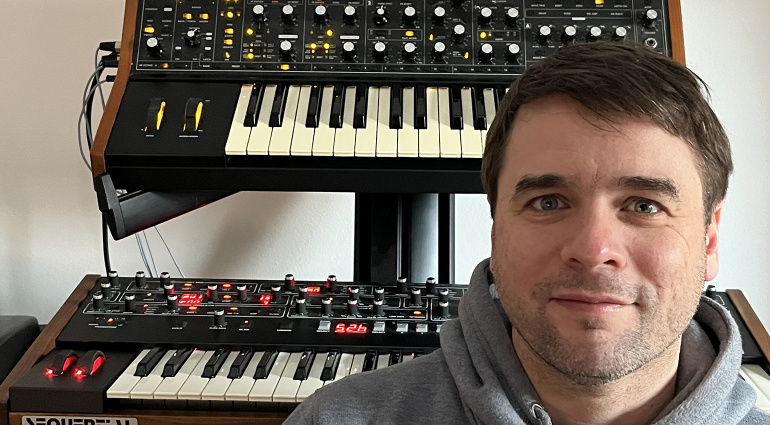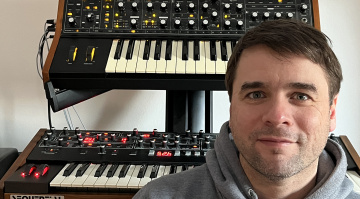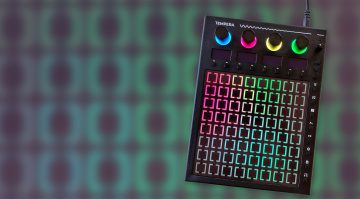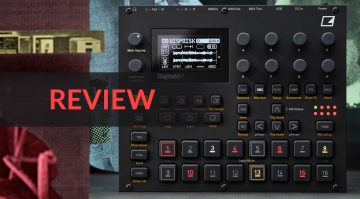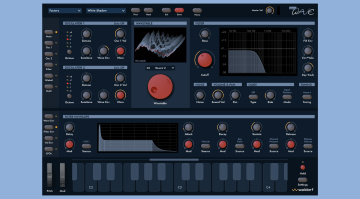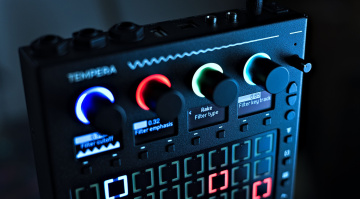Highlights of the Year: My Favorite Gear of 2024
I love the quiet days between Christmas and New Year’s Eve. Everything seems to wind down and there’s time to relax, recharge, and look back at the things that impressed me the most in 2024. These were my favorite synths and samplers of the year – my personal gear highlights of 2024.
Elektron Digitakt II: Love at Second Sight
For the most part, I managed to keep my G.A.S. in check this year. In fact, I hardly bought any new gear for my own studio at all, not counting the odd software synth that happened to be on sale. But there was one notable exception: When Elektron announced the Digitakt II back in spring, I immediately ordered it. Just a few days later, the shiny new sampler sat on my desk and I wondered: Would we become friends?
For a long time, I’d been convinced that the Elektron workflow wasn’t for me. Over the years, I’d had an Analog Four, Analog Keys, and Analog Rytm, only to sell them again after a short while. I just didn’t warm up to them. While I saw their amazing potential in terms of sequencing, the workflow just didn’t feel inspiring to me, especially when it came to tweaking an analog synthesis engine. So I moved on.
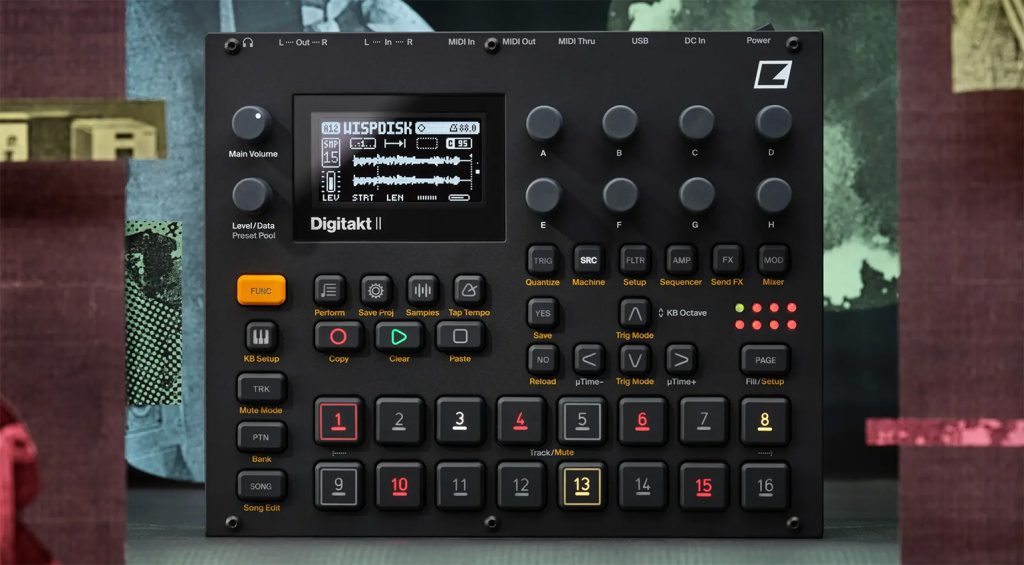
At the same time, I did of course notice that for quite some time now, countless electronic live performers have been relying on the Digitakt as the main hub of their setup. What were they seeing that I didn’t see? It was obvious that Elektron had done something right. And as I’d been looking for a hardware drum machine and sampler that wasn’t a modern-day MPC (I know, I’ve got issues 😉), I took the plunge and decided to give it another try when the Digitakt II came out.
While the original Digitakt was without a doubt a very capable machine, it was still very much a drum machine at heart. The new version does away with nearly all of these limitations. You get more a lot more memory (400 MB per project, 20 GB storage), more tracks (16), and more steps per pattern (128). There’s also a bunch of new filters and effects. And you can now use any track for internal samples or external MIDI, which makes the Digitakt II incredibly versatile in a DAWless setup.
And what can I say – it works! The Digitakt II quickly became a vital component of my setup that I don’t want to miss. While I had never really warmed up to the other Elektron machines I’ve owned, the Digitakt II and I immediately clicked. And when Elektron finally added Overbridge in October, I was one happy camper.

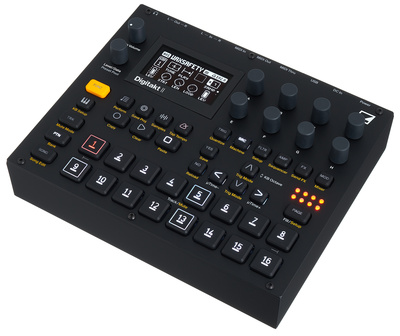
Waldorf Microwave 1 Plugin: Software Highlight of the Year
As a teenager in the 90s, I really wanted a Waldorf Microwave. Unfortunately, I couldn’t afford it at the time. But its powerful sound seemed so much more desirable to me than my “boring” Roland JV-90, the only synth I owned back then. One day I’d be able to get myself a Microwave, I hoped.
It’s awesome that we now have so many options to get those classic wavetable sounds. For hardware lovers, the Waldorf M is a modern take on the Microwave and Microwave II – complete with analog filters and VCAs. And this year, Waldorf released the Microwave 1 in software form. Owning a Microwave has never been easier! As a bonus, both modern alternatives fix the main problem of the original: the tedious menu diving.
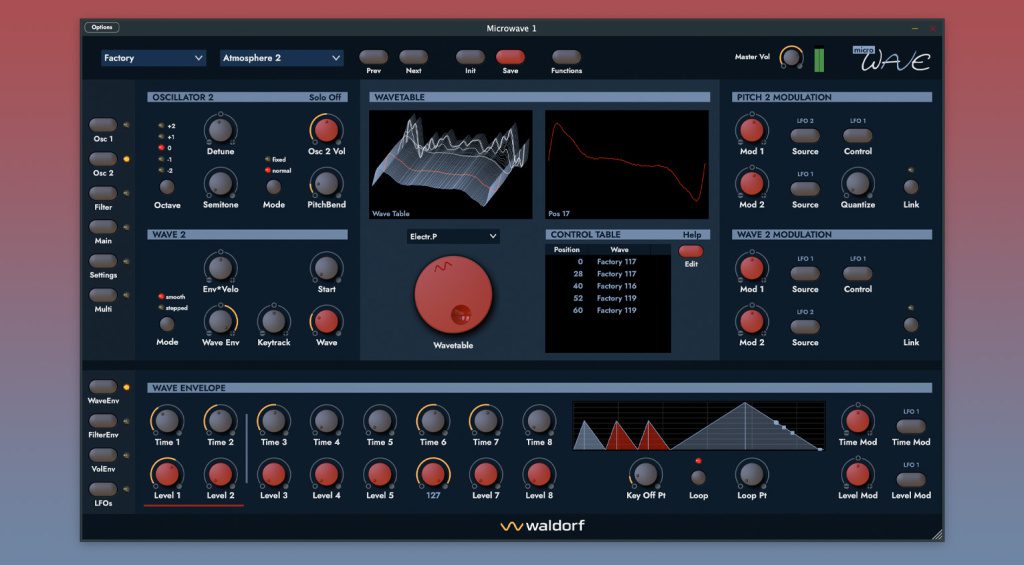
The Waldorf Microwave 1 Plugin emulates the classic in great detail, from the ASIC chips to the analog components to the D/A converters. And Waldorf was even kind enough to release a version for the iPad, making the Microwave more portable than ever. To me, it’s one of the software highlights of the year.

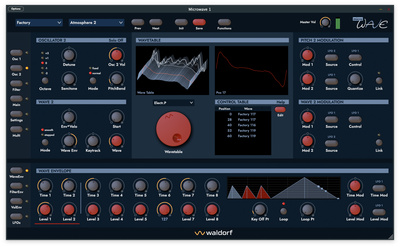
Beetlecrab Tempera: Granular Sampling Playground
The most interesting review I got to do in 2024 was without a doubt the Beetlecrab Tempera. Granted, it took a while until I’d figured out what this thing actually does and how to use it. But then, Tempera turned out to be a hugely inspiring and versatile instrument. The way it lets you perform with samples is completely new and unique.
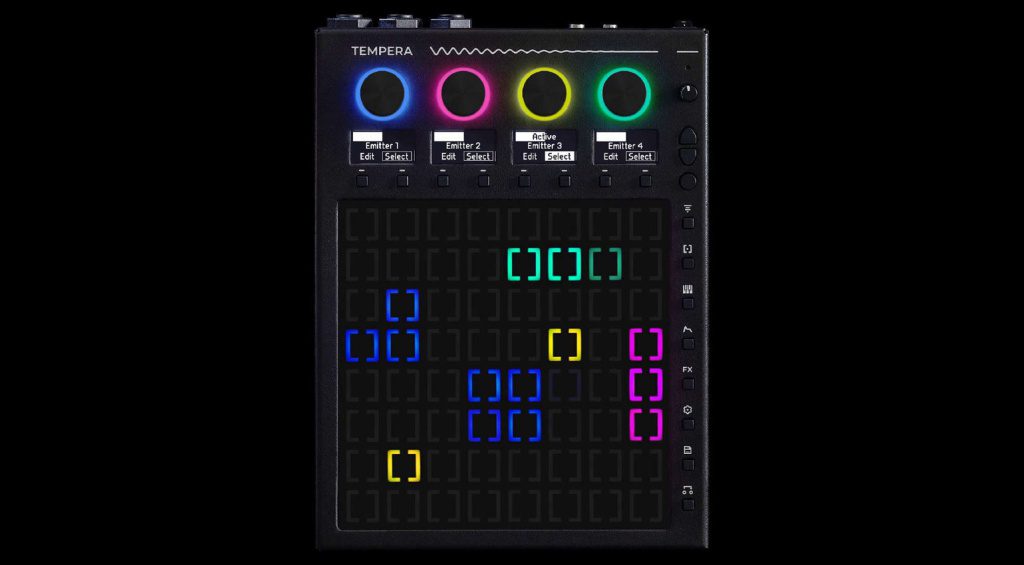
Here’s a quick rundown: The Tempera’s touch pad is a canvas that holds up to eight samples side by side. Using your fingers, you can then place and move so-called emitters on the canvas that extract and play grains from the samples below them. You can move emitters freely across the canvas, and they can be modulated to move by themselves. And because emitters can also extract grains from adjacent tracks simultaneously, Tempera opens up exciting possibilities for combining multiple samples and turning them into something completely new. It’s pretty mind-blowing.
If you’re always on the lookout for unique and inspiring sound design and performance tools, the Beetlecrab Tempera should be right up your alley. Getting the opportunity to review it was one of my highlights of the year.
KORG multi/poly: Not a Mono/Poly Clone
2024 brought us many exciting new hardware synths, from the game-changing Arturia PolyBrute 12 (which is of course also among the highlights of the year, but I’ll leave that to my colleague Rob) to the Moog Muse to the Oberheim TEO-5, Dreadbox Artemis, and Polyend Synth. All of them deserve to be mentioned here. But for my personal highlights of the year, I’ve picked the KORG multi/poly. Among the other spectacular releases, it’s easy to overlook, but to me, it’s one of the most interesting synths to come out this year.
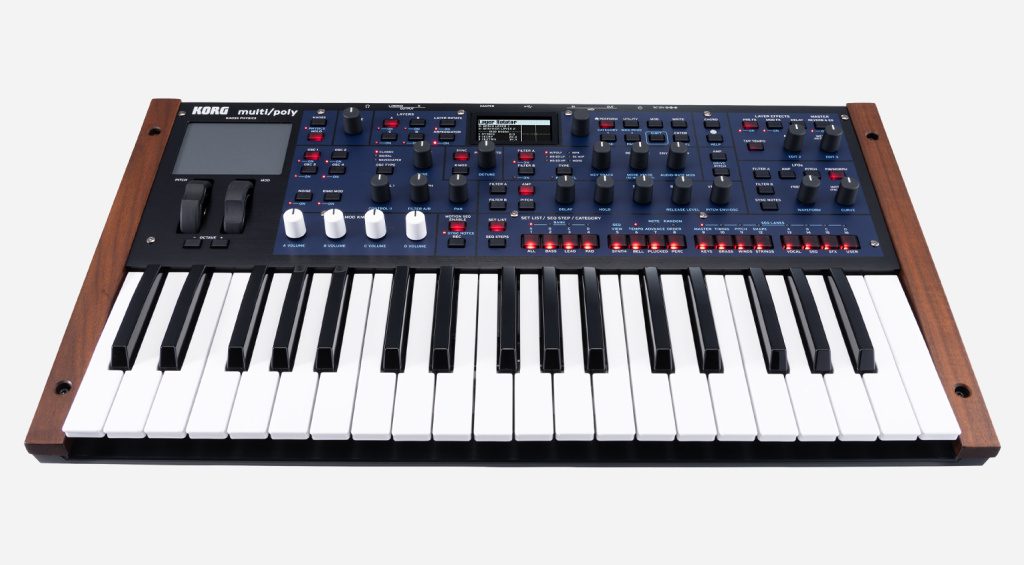
The compact multi/poly isn’t a Mono/Poly clone. I think KORG did the right thing by not going head to head against Behringer. Instead, the multi/poly combines a very versatile virtual analog and wavetable synthesis engine with some concepts and ideas from the paraphonic 1980s classic. For example, it’s got a unique Layer Rotate mode that alternates between up to four different sounds with each new note, similar to the Mono/Poly’s paraphonic mode. Combined with the arpeggiator or sequencer, this can produce some pretty wacky patterns.
While I found KORG’s other virtual analog release this year, the KingKORG Neo, a bit uninspired, the multi/poly is definitely among the highlights of the year for me.

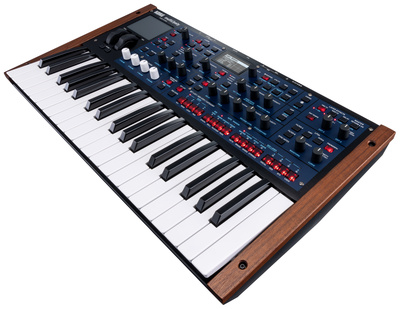
Cherry Audio Atomika: At Last, a Good Polivoks Emulation
Cherry Audio took on the Formanta Polivoks for the new Atomika software synth. Because of its unbridled, sometimes unruly character that stems from the use of electronic components not intended for this purpose, the Soviet-built synth has a reputation for being notoriously difficult to emulate. But that didn’t stop Cherry Audio from teaming up with famed DSP developer Mark Barton and taking on the project. And it worked: Atomika does a great job of reproducing the raw and raunchy character of the Polivoks.
While they were at it, they added 16-voice polyphony, a bunch of new filter modes, a Starve control that makes the filter even less reliable (and that’s a good thing!), filter and amp overdrive, and some effects.

If you’re after that classic Polivoks sound, you no longer need to invest in a modular system or go to great lengths to find a working original. For all Polivoks fans, Atomika is surely among the highlights of 2024.
By the way: Cherry Audio recently lifted the filter section from Atomika and made it available as a separate effects plugin. This means that you can now unleash the powers of the Polivoks filter onto your guitars, drums, vocals, or anything else – at your own risk! 😉

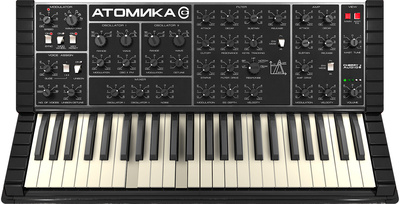


*This post contains affiliate links and/or widgets. When you buy a product via our affiliate partner, we receive a small commission that helps support what we do. Don’t worry, you pay the same price. Thanks for your support!

 4,1 / 5,0 |
4,1 / 5,0 | 